Introduction
Lexer dissecting scissors are a specialized type of surgical instrument commonly used in various medical procedures. Named after the German surgeon Emil Lexer, who contributed significantly to the development of surgical techniques in the early 20th century, these scissors are designed to provide precision and control during dissection and tissue manipulation.
Design and Features
Lexer dissecting scissors are distinguished by their unique design, which includes a curved blade and a pointed tip. The curvature of the blade allows for better maneuverability around delicate tissues, while the pointed tip provides the precision needed to cut through specific areas without causing unnecessary damage. The scissors are typically made from high-quality stainless steel, ensuring durability and resistance to corrosion. Some versions also come with tungsten carbide inserts on the blades to enhance cutting performance and longevity.
The handles of Lexer dissecting scissors are ergonomically designed to provide a comfortable grip, reducing hand fatigue during prolonged use. This ergonomic design is crucial for surgeons who require steady hands and precise movements during intricate procedures.
Uses in Surgery
Lexer dissecting scissors are versatile tools used in a variety of surgical disciplines, including general surgery, plastic surgery, and orthopedic surgery. Their primary function is to dissect soft tissues, such as muscles, fat, and connective tissue, allowing surgeons to access and visualize underlying structures. The scissors are also used for cutting sutures and other surgical materials.
In plastic surgery, Lexer scissors are particularly valuable for procedures requiring meticulous tissue dissection, such as facelifts and rhinoplasties. In orthopedic surgery, they are used to carefully separate muscles and tendons from bones, aiding in joint replacement and fracture repair procedures.
Techniques and Handling
Proper handling and technique are essential when using Lexer dissecting scissors. Surgeons must be trained to use these instruments to ensure optimal outcomes and minimize the risk of complications. The scissors should be held with the thumb and ring finger, allowing the index and middle fingers to guide the blades. This grip provides stability and control, enabling precise cutting and dissection.
The curved blades should be aligned parallel to the tissue being dissected, with the pointed tip leading the way. Surgeons should apply gentle, controlled pressure to avoid damaging surrounding structures. Regular maintenance and sharpening of the blades are crucial to maintain their effectiveness and ensure patient safety.
Conclusion
Lexer dissecting scissors are an indispensable tool in the surgical field, offering precision and control in various procedures. Their specialized design, ergonomic features, and high-quality construction make them a preferred choice for surgeons worldwide. By mastering the use of these scissors, medical professionals can enhance their surgical techniques and improve patient outcomes.
References
While specific sources are not provided in this overview, information about Lexer dissecting scissors can be found in surgical instrument manuals, medical textbooks, and online resources dedicated to surgical tools and techniques. For detailed information and training, consulting authoritative surgical education materials and manufacturers’ guidelines is recommended.
Be the first to review “Lexer” Cancel reply
Related products
SURGICAL INSTRUMENTS
SURGICAL INSTRUMENTS
SURGICAL INSTRUMENTS
SURGICAL INSTRUMENTS
SURGICAL INSTRUMENTS
SURGICAL INSTRUMENTS
SURGICAL INSTRUMENTS
SURGICAL INSTRUMENTS
SURGICAL INSTRUMENTS
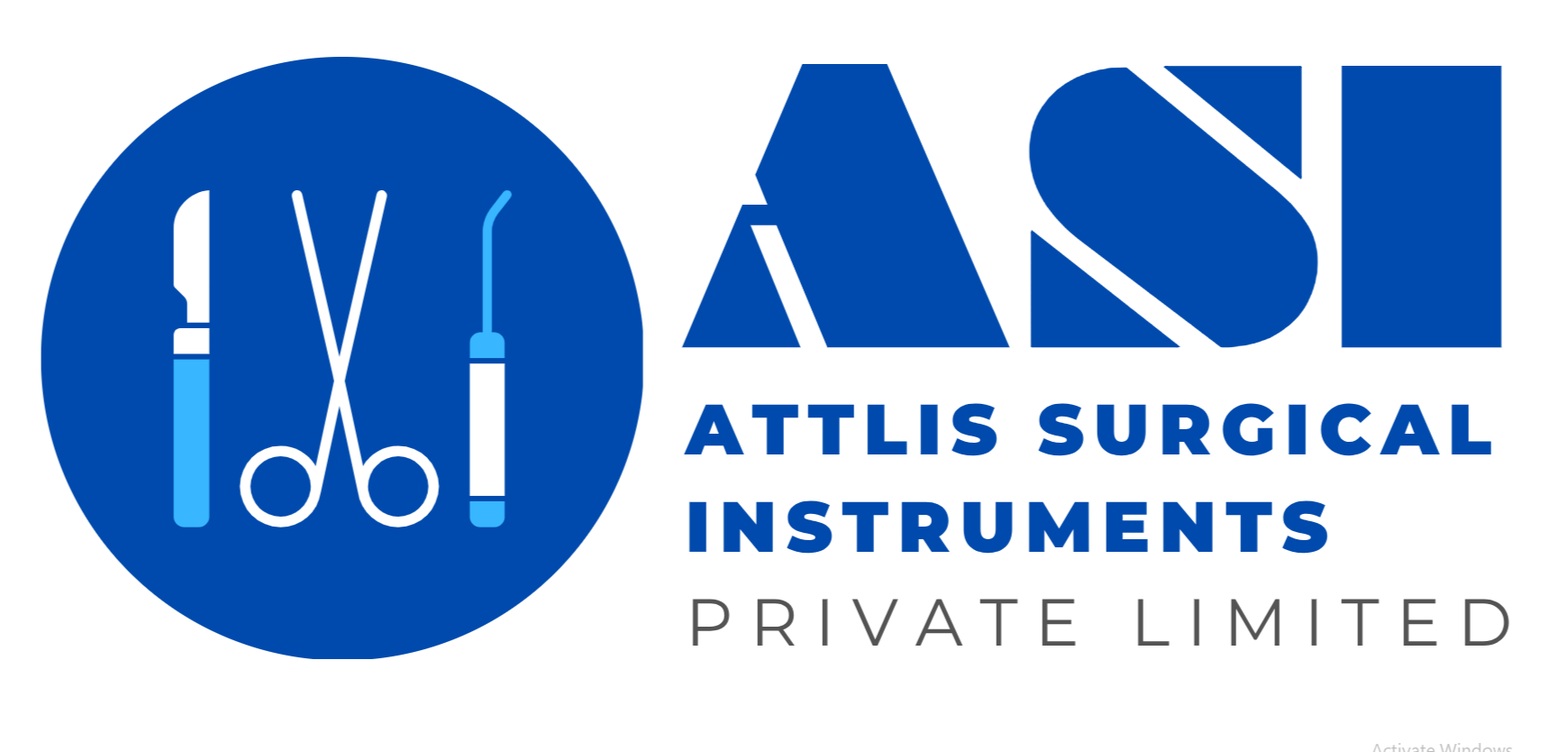



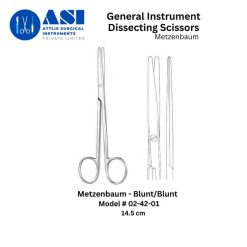
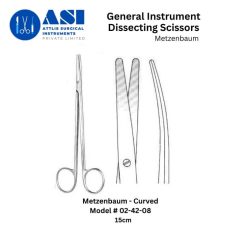
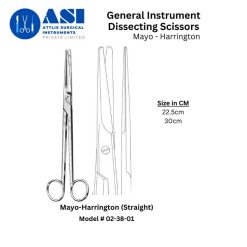
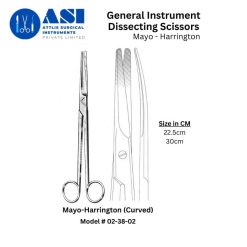
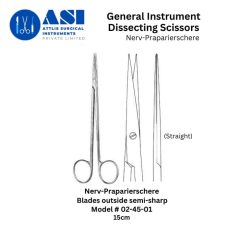



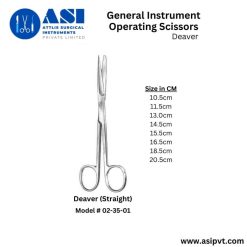

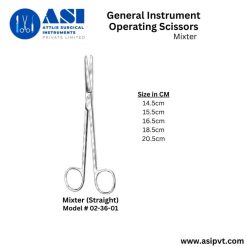

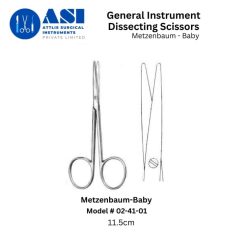


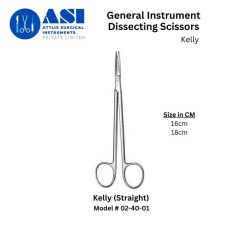
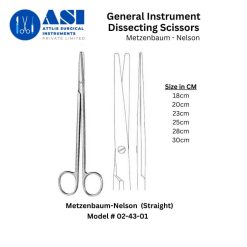





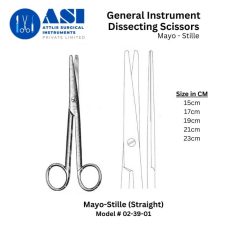






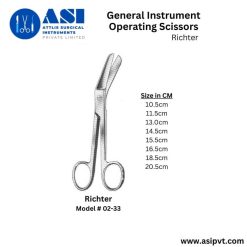
Reviews
There are no reviews yet.